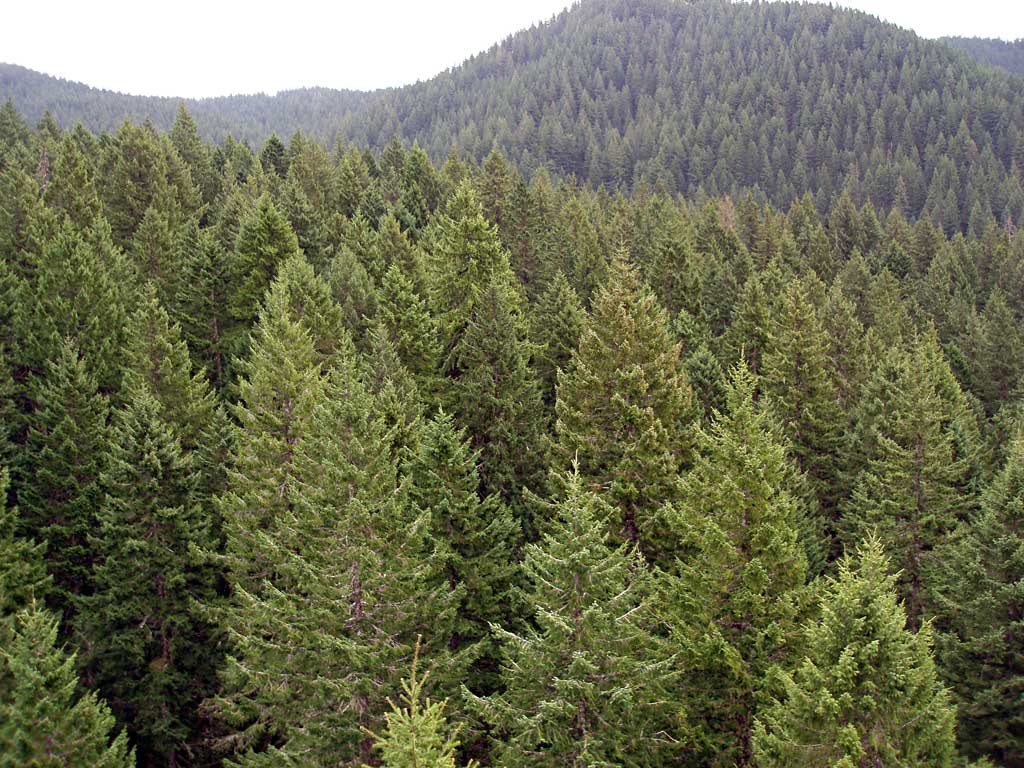
Firs (Abies) are a genus of 48-56 species of evergreen coniferous trees. They are found through much of North and Central America, Europe, Asia, and North Africa, occurring in mountains over most of the range. Firs are most closely related to the genus Cedrus (cedar). Douglas firs are not true firs, being of the genus Pseudotsuga.
They are large trees, reaching heights of 10-80 m (33-262 ft) tall and trunk diameters of 0.5-4 m (1 ft 8 in-13 ft 1 in) when mature. Firs can be distinguished from other members of the pine family by the unique attachment of their needle-like leaves and by their different cones.
Identification of the different species is based on the size and arrangement of the leaves, the size and shape of the cones, and whether the bract scales of the cones are long and exserted, or short and hidden inside the cone.
Fir trees are not recommended due to their fire prone nature. Consider removing fir trees within 100′ of structures or 15′ of roadways. If a fir tree must be maintained in the defensible space zone (within 100′ of structures), extreme care should be taken to reduce the associated wildfire hazard.
Remove all limbs within 10′ of the ground, or 1/3 the height of the tree if less than 30′ tall
Remove all dead wood and twiggy growth regularly
Provide canopy separation so that no limbs touch nearby trees or plants
Remove all ladder fuels







